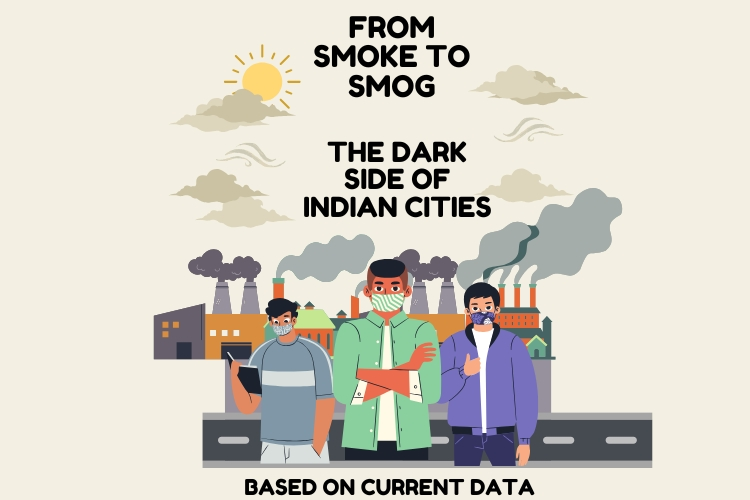India's air pollution crisis has got worse, as numerous cities are showing hazardous air quality. On January 9, 2025, the Central Pollution Control Board (CPCB) recorded the following levels of the Air Quality Index (AQI):
The highlights of the worst air pollution show Delhi prevailing, with an AQI of 357, mainly through PM2.5 pollutants. Some of the reasons include vehicular emissions, industries, and seasonal stubble burning in the neighboring states. Harsh environmental protective measures, such as the Graded Response Action Plan (GRAP), still cannot bring down pollution levels, which remain eye-popping.
Other cities such as Ghaziabad (AQI 332) and Noida (AQI 259) are also dealing with the pollution menace due to primarily accelerated urbanization and industrial emissions. Chandigarh, with its AQI of 302, clearly shows air pollution affects smaller cities, contrary to the notion that it affects only large cities.
The health implications are indeed serious. The peculiar properties of PM2.5 cause maximum damage to the lungs are also implicated in cardiovascular diseases and shorten the life span. Delhiites, according to recent research, can now look forward to losing up to 12 years of life because of air pollution.
Solving this crisis shall involve an amalgam of the following:
Law enforcement: Strict implantation of emission norms on factories and vehicles should be carried out.
Sustainable Approach: Promotion of alternative energy sources as opposed to fossil fuels.
Public Awareness: Sensitize the public to air pollution and health hazards and advocate for environmentally friendly initiatives.
Collective action from government bodies, industries, and the public is essential to combat the escalating pollution levels and safeguard public health.






.webp)
